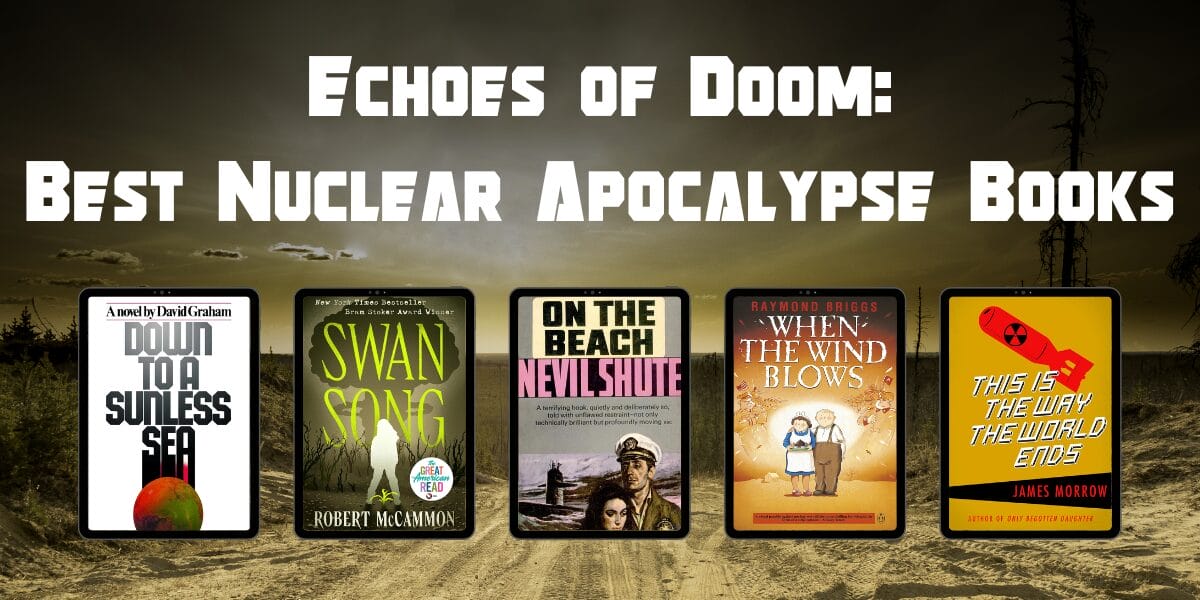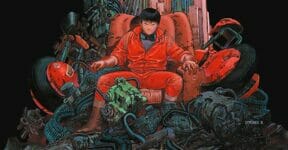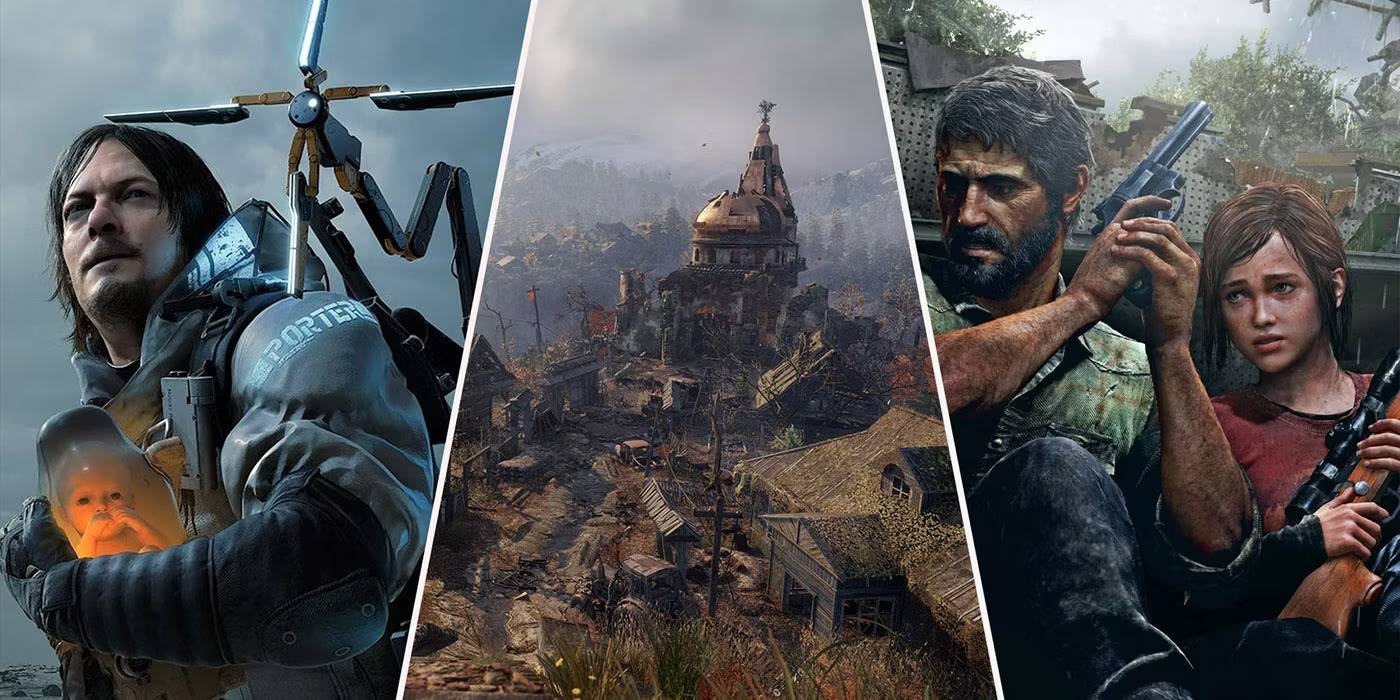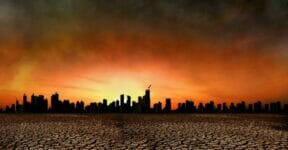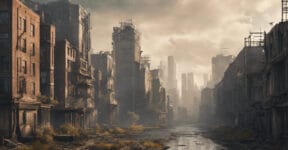The Top 13 Nuclear Apocalypse Books and What They Teach Us
Stories in nuclear apocalypse books are set either shortly before the doomsday event, during the catastrophe, in its immediate aftermath (as opposed to decades or centuries), or a combination of those. Much of the discussion revolves around humanity as it undergoes the disaster over the course of the story, and how society begins to crumble with little hope of repairing the damage. Nuclear-related disasters have been a staple in Western apocalyptic fiction for decades, presumably because of the fear of it really happening after World War II and during the Cold War. While you can certainly find newer nuclear apocalypse novels published post-2000, we think it might be a good idea to look at some classics you’d probably like to read again.
- Top 13 Nuclear Apocalypse Books
- Down to a Sunless Sea (1979) by David Graham
- On the Beach (1957) by Nevil Shute
- Swan Song (1987) by Robert McCammon
- When the Wind Blows (1986) – Raymond Briggs
- This is the Way the World Ends (1986) by James Morrow
- Alas, Babylon by Pat Frank
- The Road by Cormac McCarthy
- A Canticle for Leibowitz by Walter M. Miller Jr.
- Metro 2033 by Dmitry Glukhovsky
- The Postman by David Brin
- Z for Zachariah" by Robert C. O'Brien
- Lucifer's Hammer by Larry Niven and Jerry Pournelle
- One Second After by William R. Forstchen
- Other Things You Might Want to Know
Top 13 Nuclear Apocalypse Books
Down to a Sunless Sea (1979) by David Graham
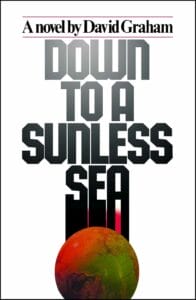
The story in “Down to a Sunless Sea” is told from the perspective of Jonah Scott, a British pilot for Air Britain who has just landed in New York City from London. Not long after the landing, the United States falls into chaos and anarchy because of the collapse of the dollar currency and limited supply of its oil reserves. The pilot and his passengers have to take off the next day to escape the anarchy that ensues in the country. During the flight back to London, Jonah is informed that Israel has attacked Beirut, Cairo, and Damascus, triggering a worldwide nuclear holocaust. China and the Soviet Union soon get involved in the war by attacking the US and its allies. In short, there’s no safe place to land the plane. The only viable destination in Antarctica.
On the Beach (1957) by Nevil Shute
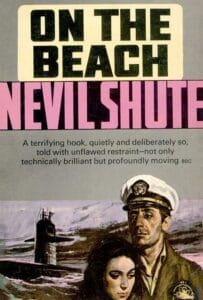
A nuclear war begins in Europe, before it quickly escalates and involves just about every major country in the world. Egypt launches its warheads to the United Kingdom and the United States, while NATO is busy eliminating the Soviet Union. China also has to deal with the Soviet Union’s attacks at the same time. Most of the bombs used in the war contain cobalt to intensify the radioactive properties. Australia is mostly spared from the war itself, but they cannot escape from the rapidly approaching radiation. “On the Beach” offers a gloomy perspective on a group of people in Australia as they try to cope with the prospect of a certain radiation-induced agonizing death.
Swan Song (1987) by Robert McCammon
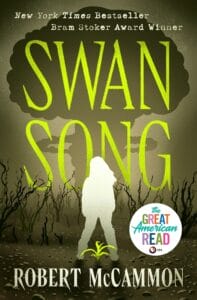
If you prefer a touch of supernatural elements in your apocalypse fiction, you can’t go wrong with “Swan Song” by Robert McCammon. As the title suggests, the book tells the journey of Swan, a young woman with an extraordinary ability to connect with plant life, allowing her to grow any plant at an accelerated rate and actually resurrect dead plants. The story opens with a nuclear war between the US and the Soviet Union. The only likely outcome is that the world turns into a nearly uninhabitable wasteland. Many people survive the initial blasts, but now they have to live with prolonged nuclear winter, illnesses, and food scarcity. Even after seven years, the nuclear winter still has not dissipated.
When the Wind Blows (1986) – Raymond Briggs
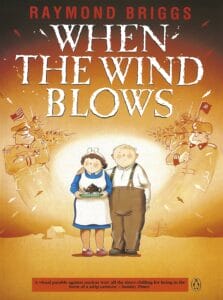
Let’s switch things a little; “When the Wind Blows” is technically a graphic novel, but that shows how good or bad a book is. And with this graphic novel, you probably won’t find anything like it ever again. It’s funny, heartwarming, devastating, shocking, beautiful, and horrific in one package. The story follows the mundane day-to-day lives of an elderly couple, Jim and Hilda. After hearing the news that a nuclear strike is imminent, Jim has enough time to build a shelter with all the optimism in the world that he and his wife would survive. They do survive the blast, but then they suffer from symptoms of radiation sickness. Shivering and headaches come first, followed by diarrhea and vomiting. Bleeding gums and blue bruising attack later.
This is the Way the World Ends (1986) by James Morrow
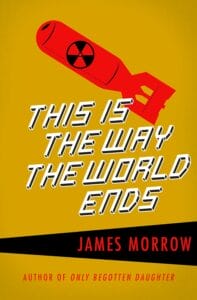
First thing first, “This is the Way the World Ends” does talk about nuclear disaster, but it’s not your typical sci-fi. It’s a fantasy about nuclear apocalypse. George Paxton knows a nuclear attack is imminent, so he wants to give his daughter a special suit said to protect the wearer from nuclear blast and radiation. He has to sign an agreement that basically acknowledges his complicity in the nuclear race. Despite having nothing to do with any of that, he agrees anyway and gets the suit he wants. It doesn’t work as advertised. His family, including the young daughter, are wiped out in a nuclear war. Paxton survives and is put on trial by all the unborn children of the world for his complicity in the war.
Alas, Babylon by Pat Frank
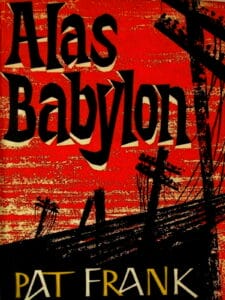
“Alas, Babylon” is a gripping portrayal of a small town in Florida struggling for survival after a nuclear war devastates the United States. The novel follows the efforts of the residents as they face scarcity, lawlessness, and the challenges of rebuilding a community. Themes of human resilience, resourcefulness, and the fragility of civilization are central to this post-apocalyptic narrative.
The Road by Cormac McCarthy
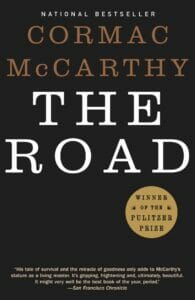
Set in a desolate, post-apocalyptic world, “The Road” follows a father and son as they navigate a bleak landscape stripped of life by an unspecified catastrophe, likely nuclear in nature. McCarthy’s prose delves into the profound and haunting relationship between the characters, exploring themes of hope, despair, and the human capacity for both cruelty and compassion in the face of utter devastation.
A Canticle for Leibowitz by Walter M. Miller Jr.
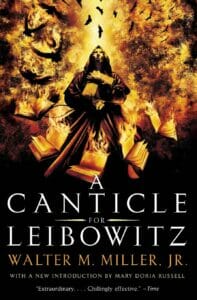
“A Canticle for Leibowitz” spans centuries in a post-apocalyptic world recovering from nuclear devastation. The story revolves around a monastery that preserves knowledge in a society struggling to rebuild. The novel explores themes of faith, the cyclical nature of history, and the persistent challenges of preserving and understanding human knowledge amidst the ruins of civilization.
Metro 2033 by Dmitry Glukhovsky
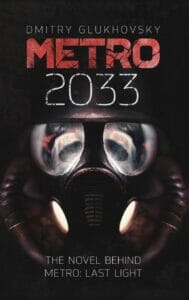
Set in the dark tunnels of the Moscow Metro after a nuclear war, “Metro 2033” follows the protagonist as he navigates a world filled with mutated creatures and human factions. The novel combines elements of horror, survival, and political intrigue, offering a unique perspective on the challenges of life in a subterranean post-apocalyptic society.
The Postman by David Brin
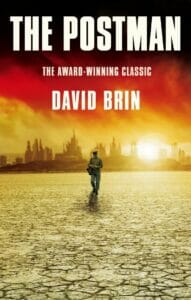
“The Postman” is set in a world ravaged by war and chaos. A drifter finds a postal worker’s uniform and, assuming the role begins to bring hope to isolated communities. The novel explores the power of symbols, the impact of individual actions on society, and the potential for rebuilding civilization in the aftermath of a devastating collapse.
Z for Zachariah” by Robert C. O’Brien
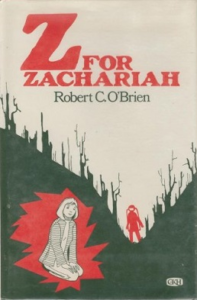
In this young adult novel, a teenage girl believes she is the last person alive after a nuclear war. Her solitude is disrupted when she encounters another survivor. “Z for Zachariah” explores themes of trust, survival, and the complexities of human relationships in the face of extreme isolation and the remnants of a shattered world.
Lucifer’s Hammer by Larry Niven and Jerry Pournelle
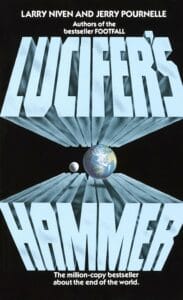
“Lucifer’s Hammer” by Larry Niven and Jerry Pournelle is a gripping and scientifically grounded disaster novel that chronicles the devastating impact of a massive comet striking Earth. The story follows a diverse group of survivors in Southern California as they navigate the immediate chaos, the long and brutal struggle for survival in a drastically altered world, and the emergence of new societal structures – both good and terrifying. It’s a compelling tale of human resilience, societal breakdown, and the fight to rebuild civilization in the face of overwhelming catastrophe.
One Second After by William R. Forstchen
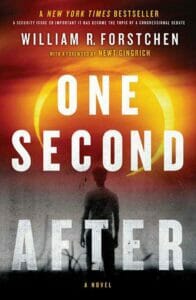
In “One Second After,” an electromagnetic pulse (EMP) attack cripples electronic devices, plunging the United States into chaos. The novel focuses on a small town’s struggle for survival as it faces the breakdown of modern technology, scarcity of resources, and the challenges of maintaining order. It explores the consequences of societal collapse and the resilience of individuals and communities in the face of a technologically induced apocalypse.
We think nuclear apocalypse books make for a compelling reminder of the “potential” inevitability of a nuclear war when two or more exceedingly powerful nations have been involved in conflicting international interests. If those powerful nations do have nuclear warheads in their arsenals, it’s only apparent that they’ve been implementing some sort of restraint policy. Nuclear apocalypse fictions assume that the nations have reached a point where differences have become too much to bear. They conclude that a nuclear attack is a viable solution. Also, one of the most important lessons from nuclear fictions is that it doesn’t really matter how we approach the situation, the result will be the same. One can either cling to their optimism or deal with the fact in desperation, but for most people, death is a certainty in the wake of a nuclear fallout.
Can you recommend some notable nuclear apocalypse books? Which genre do you like best, apocalyptic or post-apocalyptic? We’d love to hear from you.
Other Things You Might Want to Know
What are the most common types of apocalypses used in Nuclear Apocalypse Books?
The apocalypse in fiction can come in any shape or form, but the most common ones are:
Nuclear fallout or disaster
- Widespread zombie infection
- Worldwide pandemic
- Alien invasion
- Climate catastrophe
- Religious rapture, as in Biblical flood, judgment day, etc.
- Asteroid impact
- Technological disaster, like AI revolution
Which country has the most nuclear weapons?
Russia sits at the top with more than 5,500 “confirmed” nuclear warheads. The United States is in second place with 5,044 nuclear weapons; many of them are hosted in other countries, including Germany, Netherlands, Italy, Turkey, and Belgium. Both Russia and the United States have nearly 90% of the entire nuclear warheads in the world. North Korea and Israel also have nuclear weapons, but numbers are never confirmed. It is estimated that North Korea has enough material to build around 50 nuclear warheads, while Israel has enough to make 200 of them.
How deadly is a nuclear warhead?
It depends on various factors such as location and altitude of the explosion and where it is detonated. For instance, a 15 kilotons yield nuke (the equivalent of the Little Boy atomic bomb), detonated at ground level in downtown New York, would kill close to 137,000 people and injure 177,000 others. A single W87 nuclear warhead carries around 300 kilotons yield.

